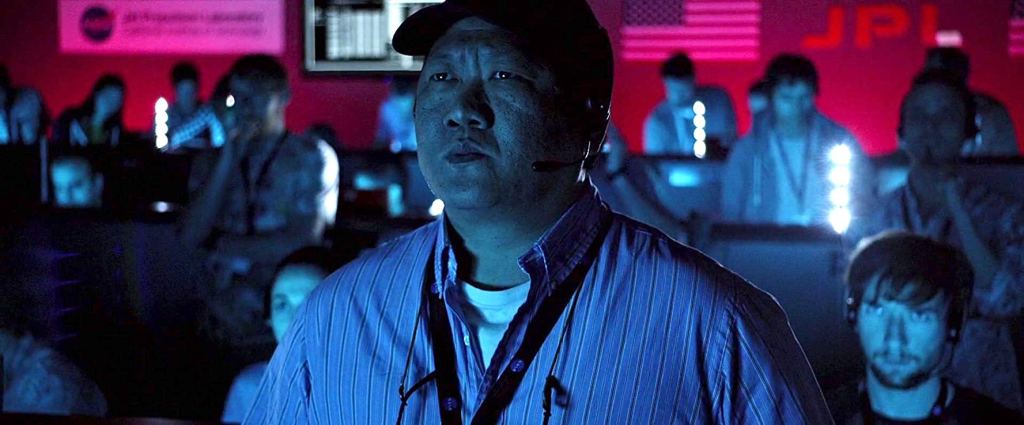
The Martian is a 2015 film directed by Ridley Scott with an ensemble cast that includes Matt Damon, Jessica Chastain, and Chiwetel Ejiofor among others. The film is based on the 2011 novel of the same name written by Andy Weir. Fun fact, the book was originally self-published on the author’s website.
The Martian deals with a ton of themes, and I am not going to be able to get into them all here, which is why I am starting a supplemental podcast, also called Mixed Messages in the near future.
Man versus nature is the central conflict of both the film and the book. What really works about The Martian is that there is no bad guy. There isn’t a character who is secretly working against the rest of the characters. Some characters are antagonistic—Teddy Sanders, played by Jeff Daniels in the film, and Mitch Henderson, Sean Bean, certainly have a tense relationship, but hey, it wouldn’t be a good read without any drama—but there isn’t an antagonist.
One of the aspects about man versus nature conflicts that makes it so interesting to watch unfold is the cost of the conflict. For Watney, in the film, the biggest cost is his body. By the end of the film, he’s emaciated, bruised, and he stinks. His survival comes with a physical toll on his body. We get less of this in the book, but instead, the cost is Watney’s comfort, he has to sleep in the rover several times. One point in the book, he is trapped in an airlock for something like 24 hours; he’s only trapped in the airlock for a few minutes in the film. Toward the end of the book, he has to give up his Hab to relocate to the Ares IV landing site—something that happens in the movie, but we see less of the anxiety that Watney feels when leaving the Hab that has kept him somewhat comfortable for the last 18 months.
The last theme is group action versus solo action. What I mean by this is that Watney’s quality of life increases tremendously once he establishes contact with NASA. Not just because it reduces the isolation—he’s still the only person on the planet—but because he doesn’t have to solve every single problem by himself anymore. Just looking at the scenes toward the end of the book that is absent from the film where Watney drives into a sandstorm. If he had communication with NASA, they could simply just tell him which way to drive. Instead, he has to notice the problem, which he does just by happenstance, and then he spends nearly 4 days figuring out how big the storm is, which way it’s headed, and what the shape of the storm is so that he can figure out his new path.

Image courtesy of http://www.imdb.com
This theme is lost a little bit in the film. Cooperation is important. NASA is with working the China, Watney is working with NASA. JPL is working overtime. We see several times how the group can put out more than the individual when it comes to problem solving. But the climax of the film sort of ruins that. If you haven’t seen the film, well then honestly, you should have watched the film first, but I’m not here to tell you how to live your life and I’m certainly not judging.
Okay, so in the book, at the end when Watney is rescued, he’s rescued because the crew and Watney are working together. In the film, Watney is rescued because of his own actions rather than the crews. If it wasn’t for Watney, Watney wouldn’t have made it. I like how the book handles it better. Survival is up to Watney, but rescue is a team effort.

Image courtesy of http://www.imdb.com
Other themes include isolation, fear, and home, but I am not going to get into them here other than to say I really like the fear theme. At one point in the book, Watney mentions that he’s using Phobos to navigate and that Phobos is the god of fear. He’s quite literally being guided by fear.
By the way, did anyone else notice that Watney’s password seemed way too short?
Next time we are going to be taking a look at Twelve Angry Men, I checked out a copy of the teleplay from my local library and the film can be viewed on Amazon Prime.
Be sure to click follow down in the corner and confirm the email. You can also follow us on Twitter. Lastly, if there is an adaptation that you’d like to see, feel free to contact me by email at mixedmessagesmedia@gmail.com or on the contact page.